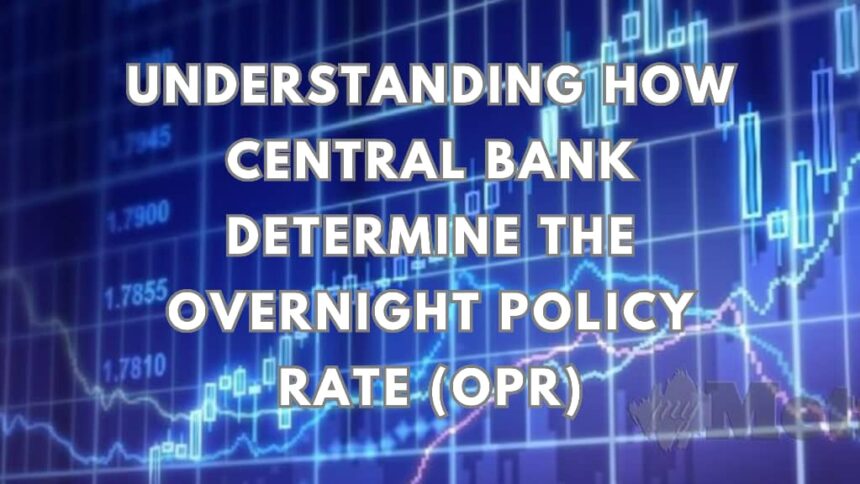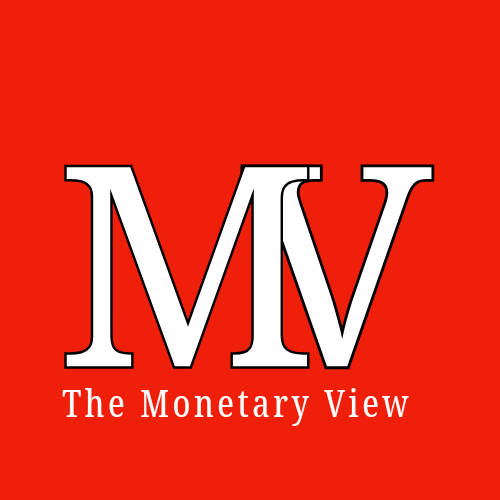Introduction: Central banks play a crucial role in managing a country’s monetary policy, influencing economic growth, inflation rates, and overall financial stability. One of the primary tools central banks use to achieve these objectives is the overnight policy rate (OPR). The OPR, also known as the key policy rate or the benchmark interest rate, serves as a reference rate for all other interest rates in the economy. Understanding how central banks determine the OPR provides insights into their monetary policy decisions and their implications for the broader economy.
Factors Influencing OPR Decisions: Central banks consider various economic indicators and factors when determining the OPR. These factors include:
- Economic Growth: Central banks assess the pace of economic growth to gauge the overall health of the economy. Strong economic growth may prompt central banks to consider raising the OPR to prevent overheating and inflationary pressures. Conversely, sluggish economic growth or recessionary conditions may lead central banks to lower the OPR to stimulate borrowing, spending, and investment.
- Inflation Rate: Controlling inflation is a primary mandate for central banks. They monitor inflation rates closely to ensure price stability. If inflation exceeds the central bank’s target, policymakers may opt to raise the OPR to reduce consumer spending and investment, thereby curbing inflationary pressures. Conversely, if inflation remains below the target or deflationary risks emerge, central banks may lower the OPR to encourage borrowing and spending, thereby stimulating economic activity.
- Employment and Labor Market Conditions: Central banks consider indicators such as unemployment rates, job creation, and wage growth to assess labor market conditions. Strong labor market conditions, characterized by low unemployment and robust job creation, may indicate tightening resource utilization and potential inflationary pressures, prompting central banks to raise the OPR. Conversely, elevated unemployment or weak job growth may warrant a reduction in the OPR to stimulate economic activity and job creation.
- External Factors: Central banks also take into account external factors such as global economic conditions, geopolitical events, and exchange rate movements. Developments in major economies or significant shifts in global financial markets can impact domestic economic outlooks and influence OPR decisions.
- Financial Stability Considerations: Central banks monitor financial markets and institutions to ensure stability within the banking system and broader financial sector. They may adjust the OPR to address systemic risks, asset bubbles, or excessive credit growth that could threaten financial stability.
Decision-Making Process: The decision-making process for adjusting the OPR typically involves meetings of the central bank’s monetary policy committee or governing board. These meetings are informed by extensive economic analysis, data assessments, and discussions among policymakers. Central banks often communicate their monetary policy decisions and rationale through public statements, press releases, or monetary policy reports to provide transparency and guidance to financial markets and the public.
Impact on Financial Markets and the Economy: Changes in the OPR have significant implications for financial markets and the broader economy. When central banks raise the OPR, borrowing costs for consumers and businesses increase, leading to reduced borrowing, spending, and investment. This can dampen economic activity but may help control inflationary pressures. Conversely, when central banks lower the OPR, borrowing costs decline, stimulating borrowing, spending, and investment, which can spur economic growth but may also fuel inflationary pressures.
Conclusion: The determination of the overnight policy rate (OPR) by central banks is a critical aspect of monetary policy, influencing borrowing costs, economic activity, and inflation dynamics. By considering various economic indicators and factors, central banks aim to strike a balance between supporting economic growth, maintaining price stability, and ensuring financial stability. Understanding how central banks determine the OPR provides valuable insights into their policy decisions and their impact on financial markets and the broader economy.







